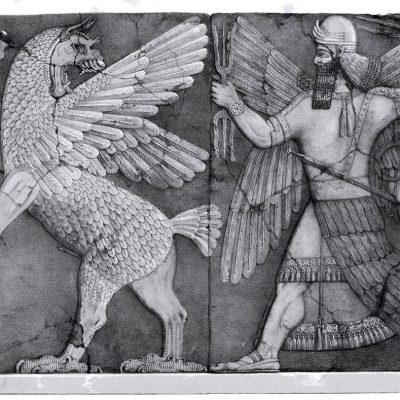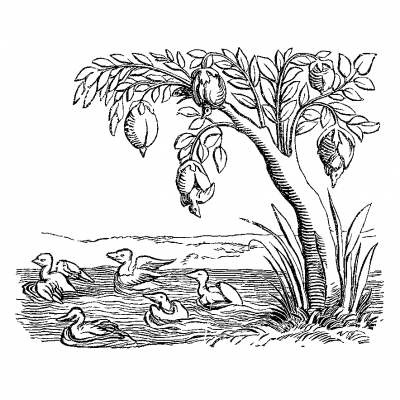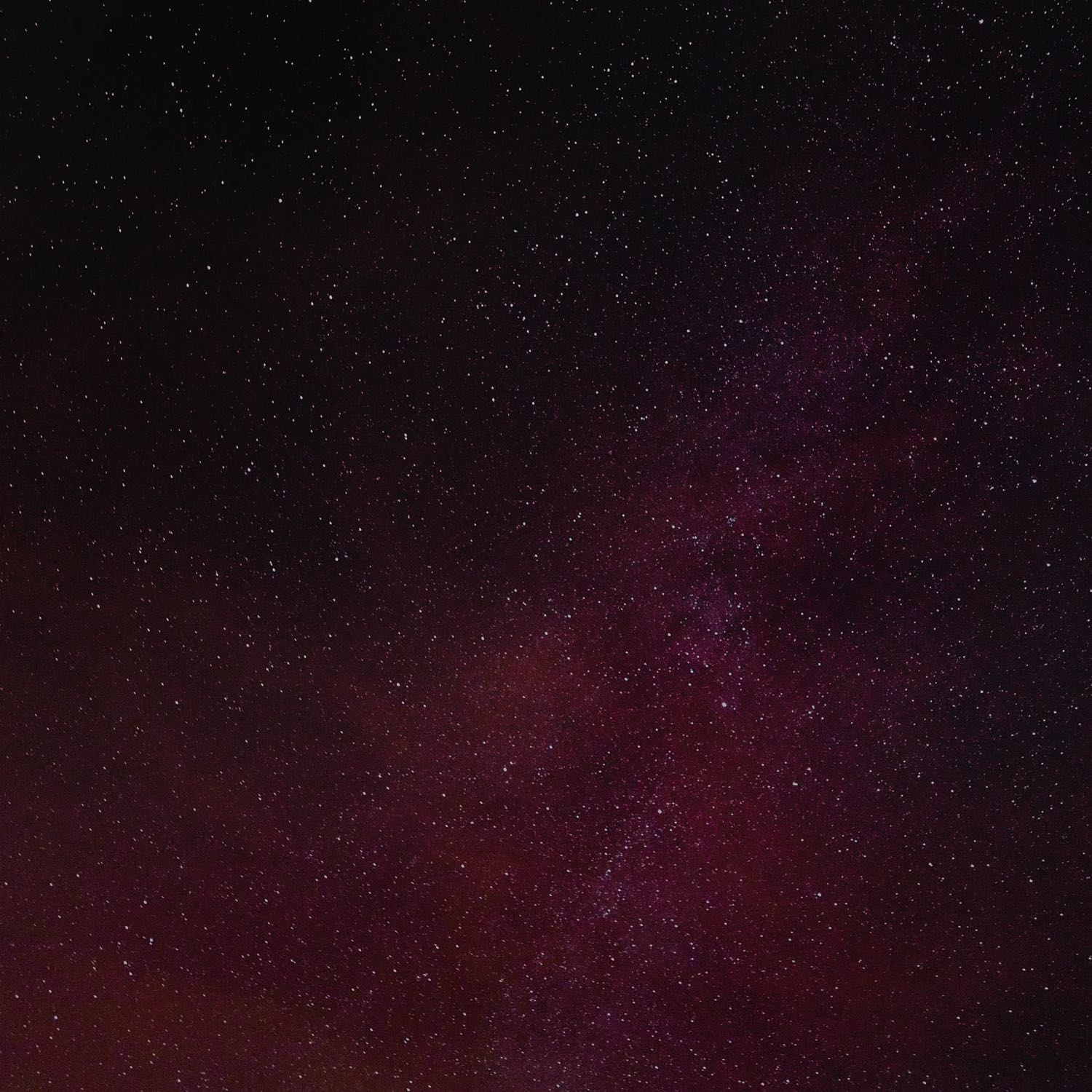news: Tag: goose

Anzû, also known as dZû and Imdugud (Mesopotamia)
For my first post here I would like to explore the place of the Moon Goose in ancient Mesopotamia. You can read more about my work on my blog
The Predominance of the Mythological Figure of the Moon Goose in Mesopotamia
Mesopotamia, the ancient region located between the Tigris and Euphrates rivers, was home to a rich and diverse mythology that played a significant role in the lives of its inhabitants. Among the various mythological figures that held prominence in Mesopotamian culture, one intriguing character stands out: the Moon Goose. Representing a blend of celestial symbolism and earthly motifs, the Moon Goose held a significant place in the mythological landscape of Mesopotamia.
The Moon Goose, known as “Anzu” in the ancient texts, was a creature of extraordinary power and beauty. Depicted as a giant bird with the head of a lion, the wings of an eagle, and a serpent’s tail, the Moon Goose was believed to dwell on the moon itself. According to Mesopotamian mythology, the moon was seen as a celestial deity, and the Moon Goose served as its emissary, bridging the gap between the earthly realm and the heavens.
The Moon Goose played a vital role in Mesopotamian cosmology and religious rituals. It was believed to be responsible for the waxing and waning of the moon, symbolizing the cyclical nature of time and the lunar phases. The Mesopotamians observed the moon closely, and its regular patterns served as a celestial clock for agricultural activities and religious ceremonies. The Moon Goose, with its association with the moon, became an integral part of their celestial narrative.
In Mesopotamian mythology, the Moon Goose was also intertwined with the epic tale of the god Enki and the storm deity Ninurta. According to the myth, the Moon Goose stole the Tablet of Destinies, a powerful artifact that held control over the fates of gods and humans alike. This act of thievery led to a great conflict between Enki and Ninurta, who were tasked with retrieving the stolen tablet. The Moon Goose’s role as a catalyst in this mythological tale further solidified its prominence in Mesopotamian lore.
Furthermore, the Moon Goose was often depicted in various forms of art and architecture across Mesopotamia. Sculptures and reliefs showcased the bird-like figure with intricate details and symbolism. Its presence in these artworks not only reflected the Mesopotamians’ fascination with celestial bodies but also served as a reminder of the Moon Goose’s importance in their cultural and religious practices.
The symbolism associated with the Moon Goose extended beyond the realms of mythology and religion. In Mesopotamia, the bird was considered a guardian and protector, often associated with the divine. Its depiction on seals and amulets suggested that the Moon Goose was believed to offer guidance and protection to individuals in their daily lives. The bird’s majestic and mythical qualities inspired a sense of awe and reverence, making it a significant symbol in Mesopotamian society.
Despite the passage of time and the rise and fall of empires, the mythological figure of the Moon Goose retained its predominance in Mesopotamia. Its significance in religious rituals, cosmology, and artistic representations ensured its enduring presence in the cultural fabric of the region. The Moon Goose represented the connection between the earthly and celestial realms, capturing the imagination of the Mesopotamians and serving as a bridge between the mortal and the divine.
In conclusion, the Moon Goose held a prominent role in Mesopotamian mythology. As the emissary of the moon, it symbolized the cyclical nature of time and played a crucial role in religious rituals. Its association with the theft of the Tablet of Destinies further solidified its significance in epic tales. Moreover, the Moon Goose’s presence in art and architecture showcased its enduring influence in Mesopotamian culture. As a guardian and protector, the bird inspired awe and offered guidance to the people of ancient Mesopotamia. Thus, the predominance of the mythological figure of the Moon Goose in Mesopotamia exemplifies the fusion of celestial and earthly elements in their cultural narrative.

The holistic Tale of Moon Goose and Fruits de Mer Records
Our association with Fruits de Mer Records was meant to be and the story goes beyond our own experience. In a world of random brief digital encounters and fast turnaround, we found out that by a strange twist of fate, geese have been associated with crustaceans (fruits de mer in french) for centuries.
In the middle age, before people knew about birds migration, the common belief was that the Barnacle Goose developed from, well, the Goose Barnacle since they were never seen to nest in Europe.
** It was assumed that the bird were attached to branches before falling in the water. **
The barnacle myth can be dated back to at least the 12th century. The archdeacon of Brecon (15 miles from Hay-on-Wye), Gerald of Wales, claimed to have seen these birds hanging down from pieces of timber, in his Topographia Hiberniae. William Turner accepted the theory, and John Gerard claimed to have seen the birds emerging from their shells.
The myth lasted until the end of 18th Century.
Weird, right? ?
It all seems logical then that we would release our debut album through Fruits de Mer Records!
Also, we’ve got CDs and more vinyls (70, black) coming soon!

Source Code Review on Blurt
⭐️⭐️⭐️⭐️⭐️
Very nice review from blurtonline.com:
“Succinct, melodic, and tighter than a nun’s ass”
“It’s rare these days for a record to stun me upon first listen, but that’s exactly what happened with Moon Goose’s debut album.”
You can enjoy the rest here:
Source Code is available for pre-order on Bandcamp







